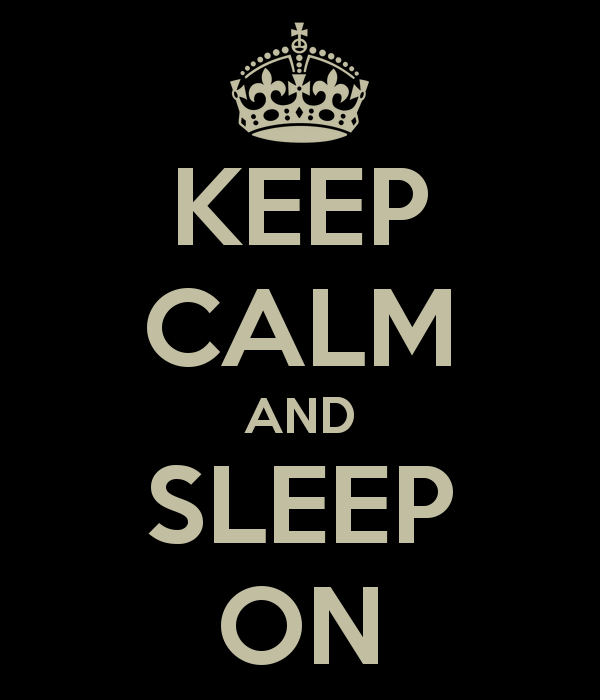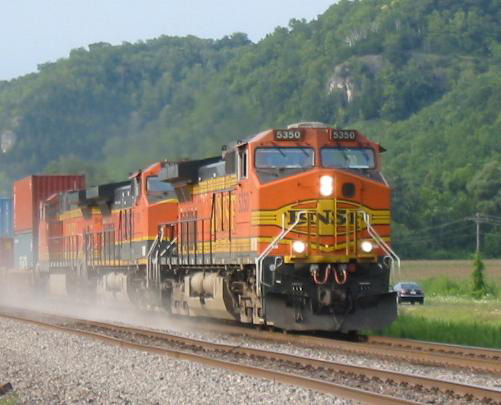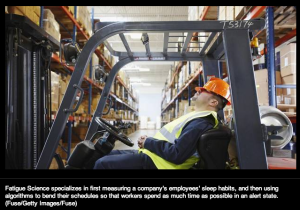It’s 3 am, do you know how fatigued your workers are?

When the news of the Chicago train derailment came across our desks last week, we immediately took notice of the time of day the incident occurred. We know from experience and science, that 3 AM is not an optimal time for us to be up and about, performing safety sensitive tasks.
In our 24-hour society, however, the world doesn’t shut down at night so that everyone can go to sleep. Police officers need to respond to emergencies, nurses need to tend to patients, machinery operators need to make sure facilities keep running, and transportation workers need to make sure travellers are delivered safely to their destinations – at all hours of the day.
The responsibility to ensure these, and other shift-related jobs, are performed effectively and without risk to human safety must be shared by both the employer and the worker. There are number of variables which can contribute to someone’s level of fatigue on the job – Are the work shifts inconsistent? Does their work schedule give them enough time off to sleep? Does the worker have a sleep disorder? Does the worker have children at home who are keeping them up? Does the sleeping environment of the worker allow for restful sleep? Does the worker make an effort to obtain 7-9 hours of sleep per day? … this list could go on.
The fact is, all of these specific variables (and more) can be addressed if an employer asks two questions:
- Does the work schedule provide the worker with the opportunity to maintain regular, sufficient sleep?
- Is the worker taking advantage of the sleep opportunity being provided to them?
Obtaining objective answers to these questions is actually easier than one might think. The technology and tools to analyze work schedules and measure worker’s sleep is commercially available. (Full disclosure here, we are talking about Fatigue Science technology.) These tools can help employers identify the possibility of worker’s accumulating sleep debt based on their schedules, in a scientifically-validated and meaningful way. They can also help organizations identify if their workers are indeed accumulating risk-inducing levels of sleep debt due to insufficient sleep, whether related to schedule, lifestyle, health or a combination of these factors. By identifying the causes of fatigue in the workplace, organizations and employees can start to manage these variables.
In the case of the O’Hare Airport train crash, the operator has admitted to falling asleep while driving. Additionally, it was noted that she had previously fallen asleep on the job only last month. While it is extremely fortunate there have been no fatalities in either incidents, the risk to human life and the growing financial costs associated with last Monday’s event should serve as a wake up to organizations in any industry. It is not enough to just investigate whether or not fatigue is a factor in a workplace accident, employers and authorities need to take the next steps to address it and reduce the risk of it happening again. Whether a roster of train operators, police officers, or heavy machinery operators, Fatigue can be both measured and managed – before someone makes a mistake that puts themselves, and other human life at risk.



